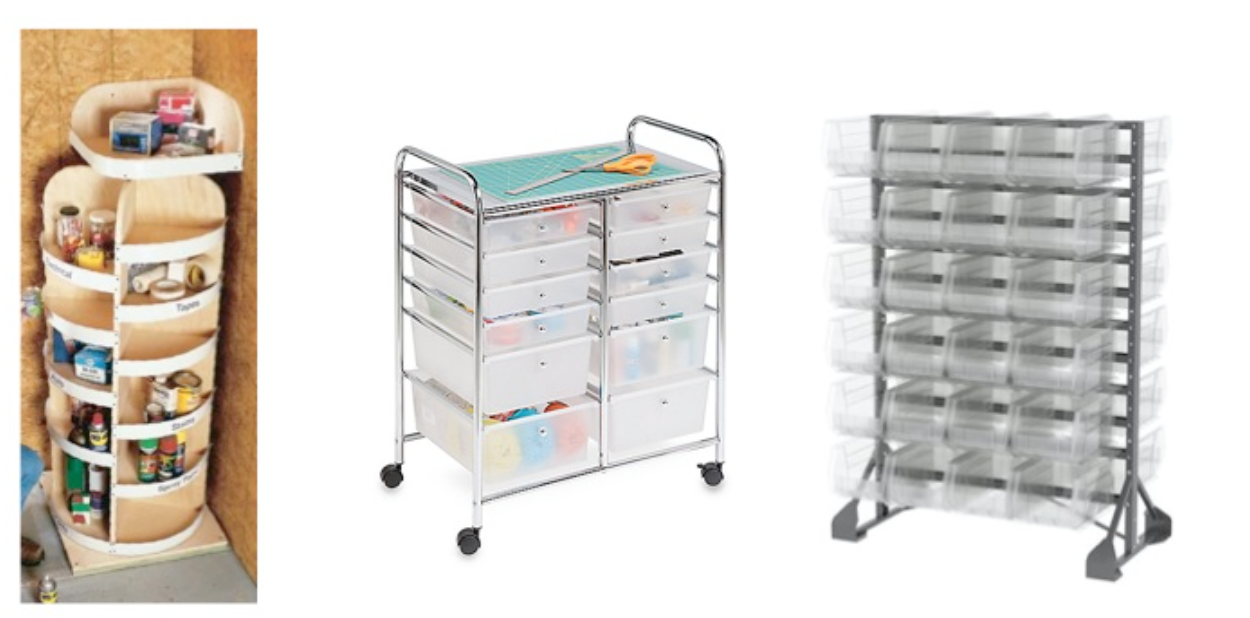With Indiana’s pre-service teacher applications in decline and makerspaces on the rise, there is a need for the IU School of Education to update their approaches to attract and prepare a new generation of teachers for the kinds of challenges they may face in their career. At the same time, makerspaces need educators that come into the spaces with ideas for facilitating holistic and diverse making based on educational theories and practices learned at their university.
Makerspaces in higher education institutions make it possible for pre-service teachers to use the kinds of tools and materials that can regularly be found in makerspaces but have not been traditionally integrated in learning spaces like classrooms and pre-school but are more frequently being integrated in formal and informal learning spaces, such as libraries, museums and schools. Pre-service teachers can try out making models with 3d printers, craft projects with the laser cutter, assemble electronic circuits, or simply design and prototype with common materials like cardboard or legos. By exploring the materials and tools and letting the material guide their ideas for learning opportunities and educational adventures, pre-service teachers can practice those skills that are in demand in makerspaces that all too often do not have curricular based on educational theory. These explorations can support teachers in taking back charge of the design of learning.
During the 2014-2015 school year, Dr. Kylie Peppler led an interdisciplinary faculty committee within the School of Education at Indiana University that began an initiative to design and build a makerspace in the School of Education. A space suitable for innovating, collaborating, creating, prototyping, learning and general making. The result will be the MILL (Make Innovate Learn Lab) and renovations are set to happen this summer 2015. We are beyond excited about having the new space!
As the We had the opportunity to tag-along, observe, and participate. In relation to the DML commons unit of co-design and collaboration in DBR, we think this is an interesting example of how interdisciplinary collaboration and pushing of institutional boundaries happened in a shared effort to setting the foundation for making the vision a reality. We outline here key decisions and practices we observed that seemed to have been instrumental for co-constructing a coherent narrative vision for and around the space and for laying the infrastructure for the successful continuation of this collaborative endeavor.
MILL Space Committee includes representatives from Science Ed, Art Ed, Instructional Systems Technology, Learning Sciences, the Office of Instructional Consulting, Education Technology Services & other School of Education departments. This collaborative committee effort underlined the message for the makerspace to serve the needs of several departments in the IU School of Education. The primary objective of the committee is to extend collaboration across school departments and to enrich the vision for the space from diverse educational perspectives coming from students and faculty. A large part of the committee conversations centered around the makerspace as a place to make stuff AND to represent a starting point for shifting the culture in the IU School of Education. In particular, the idea was to encourage thinking about challenges and design opportunities while making and engaging with material prototypes. While the makerspace is primarily aimed at the students, staff and faculty of the IU School of Education, the committee frequently thinking about how the space can extend the reach of collaboration to community partners and local K-12 schools.
A cardboard prototype of portable and transparent storage that can slide under a counter
Creativity Labs research team (lead by Dr. Kylie Peppler) gave input into the design of the space. Opportunities to brainstorm and ideate various aspects of the physical space occurred during a graduate level apprenticeship course that also included an excursion to a new Teen Media Space in the Monroe County Public Library, that is designed based on a connected learning model. Many of the suggestions and ideas of the graduate students made it into the blue prints of the makerspace, and will be included in the construction that is planned to start this summer. The features that graduate students contributes include open and transparent storage opportunities and the need for mobile and reconfigurable furniture to expand accessibility. Much of the labs work this year focused on properties of materials. The need for open and inviting storage options to clearly see materials was a key factor in the design.
The paper prototype above shows the layout of the space that is planned to combine two smaller rooms into one longer space. The prototype helped mediate the furniture selection and configuration process. It also represents a key design features of the space that was milled over by the Creativity Labs team to further substantiate transparency: one entire wall will be glass. Clear and see-through storage can be pushed against the glass, affording passers-by to see materials at a glance, encouraging and calling them to enter.
Architects, Interior designers, Electricians, Representatives of deans council, SOE donors and more – Some additional aspects of collaboration that occurred throughout the design of the space was the involvement of many other stakeholders in and out of the School of Education. University architects, interior designers, electricians, etc. were regularly met with to plan and design the space and the unique furniture needs for the space. Representatives of the IU School of Education Deans council were brought in early to discuss the possibility of faculty research grants for the makerspace. Additionally, potential donors for the School of Education were contacted about sponsorship and future funding for the space. The amount of collaboration among a wide variety of people was essential in spreading the vision for the space and ensuring its future success.
If you want to learn more about Makerspaces in Schools of Education visit the websites of
- University of North Carolina-Greensboro’s Student Education Learning Factory(SELF) Design Studio
- Stanford School of Education’s Fablab@School
Anna Keune & Justin Whiting




No comments:
Post a Comment